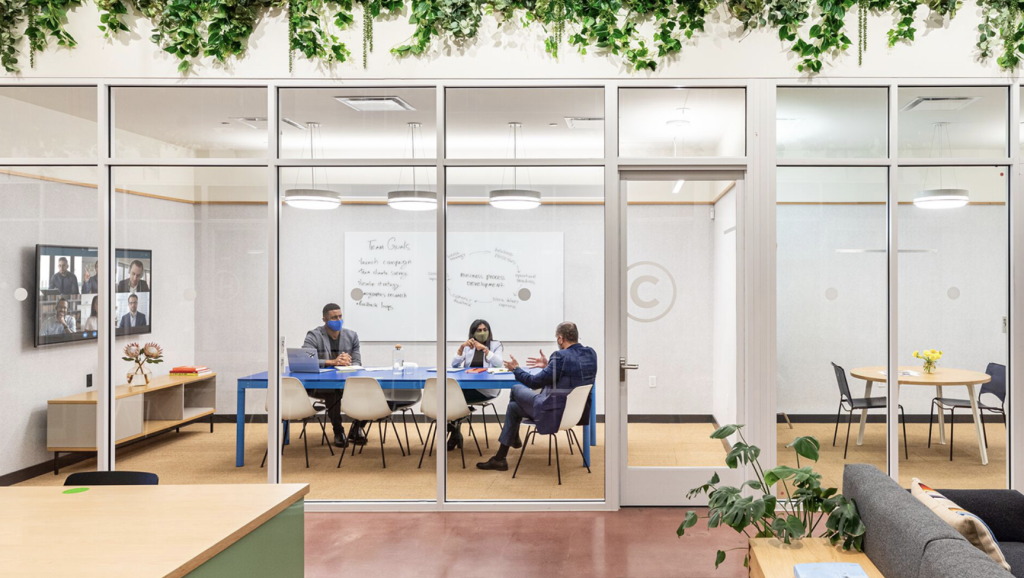The working landscape has dramatically evolved in recent years. Shifts towards remote working, accelerated by the global pandemic, have introduced new challenges and opportunities for businesses worldwide. One such challenge is reimagining office spaces to support this hybrid work model — a blend of remote and on-site work — effectively and efficiently.
The modern office must be versatile, flexible, and purpose-driven, reflecting both collaborative and individual workspaces. Here, we delve into strategies for adapting office fitout designs to accommodate both remote and on-site workers.
The Evolution of Office Design
Over the years, the design and functionality of the office have constantly been shaped by technological advancements, societal shifts, and worker needs. Open-plan offices, once hailed as the hallmark of collaboration, have given way to flexible workspaces that respect individual needs and promote a variety of work styles. In our current era of remote work, the office has become even more of a multifunctional hub that combines collaboration, focused work, and employee wellbeing.
Creating Spaces for Collaboration and Focus
In a hybrid working model, the office primarily serves as a place for collaboration. Spaces that foster innovation and team building are crucial, but at the same time, it’s important to balance these with areas for focused, individual work.
One popular approach is creating zones within the office: think communal areas for brainstorming, meeting rooms for team discussions, quiet zones for individual work, and lounge areas for relaxation. These zones provide the flexibility for employees to choose their workspace based on their tasks for the day.
Harnessing Technology for Remote Workers
For those working remotely, feeling connected to the office environment is essential – technological innovations can help bridge this gap. For example, high-quality video conferencing tools can bring remote employees into meeting rooms virtually, while shared digital workspaces can replicate the collaborative environment of the physical office.
Additionally, tech-enabled office furniture, like height-adjustable desks and ergonomic seating, can improve comfort and productivity, both at home and in the office.
Executive chairs, for instance, are not just for on-site offices anymore – remote workers can also invest in these chairs to enhance their home office experience. They provide unrivalled comfort, support, and aesthetic appeal, thus promoting better posture and reducing the risk of work-related musculoskeletal disorders.
Wellness-Centric Design
A healthy employee is a productive employee – thus, offices should be designed with employee wellbeing at heart. Incorporate natural light, indoor plants, and quiet relaxation zones. These not only enhance the aesthetic appeal but also contribute to reducing stress levels and boosting productivity.
For remote workers, encouraging the creation of a dedicated workspace can significantly enhance mental wellbeing. A space separate from their personal life can help employees maintain a work-life balance and promote productivity.
Adaptability is Key
Office fitout design in the age of hybrid work must be adaptable – as needs change, so should the office. Consider modular furniture that can be rearranged easily to create new workspaces or adjust to social distancing needs.
Whether it’s investing in ergonomic chairs for a home office or redesigning a communal office space for enhanced collaboration, the future of work requires adaptability and a keen understanding of the evolving needs of workers.
Ready to get started?
As the line between on-site and remote work continues to blur, businesses must embrace this shift and adapt their office designs accordingly. A well-designed workspace can boost productivity, foster collaboration, and support employee wellbeing. It’s not just about a physical location anymore; it’s about creating an environment that supports work from anywhere, any time.

